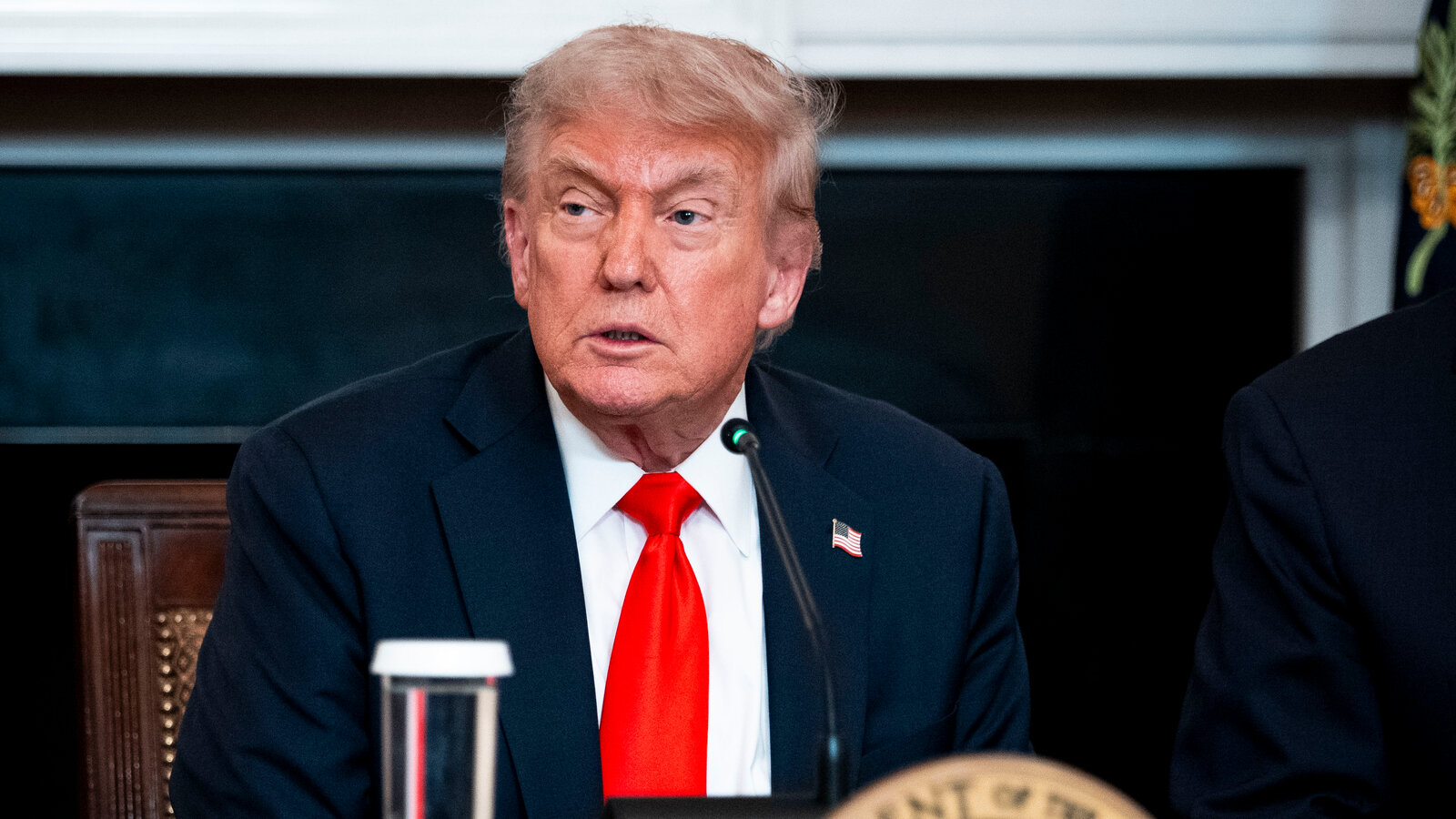On July 11, 2025, U.S. President Donald Trump announced plans to impose a 35% tariff on all Canadian goods entering the United States, effective August 1. The move, communicated in a letter to Canadian Prime Minister Mark Carney posted on Truth Social, cites alleged failures by Canada to stop fentanyl trafficking and recent retaliatory tariffs imposed on U.S. products .
Trump raised the threat of further escalation, warning that any Canadian retaliation would trigger yet higher duties. He also indicated that most other U.S. trading partners may face increased blanket tariff 15–20% instead of the current 10% .
Despite Trump’s claims, Canadian authorities argue that none of the fentanyl seized at the U.S.–Canada border originates from Canada, and only a negligible quantity crosses through . Nonetheless, Trump justified the tariff under national emergency powers, linking the measure to broader border security concerns .
Prime Minister Carney responded firmly, affirming Canada’s commitment to combat the opioid crisis and vowing to defend workers and industries affected by the tariffs . He also set a July 21 deadline for resolving issues before the tariffs take effect .
The announcement rattled financial markets: U.S. stock futures dipped and S&P 500 declined after hitting record highs, as investors expressed concerns over renewed trade tensions .

